The UK sign system
The UK sign system contains a wide range of signs but they are still simple to grasp. (Try the test to see how well you know them)
There are three basic types of traffic sign: signs that give orders, signs that warn and signs that give information.
Each type has adifferent shape. A further guide to the function of a sign is its colour.
All triangular signs are red.
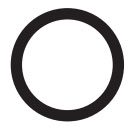
Circles give orders
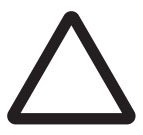
Triangles warn

Rectangles inform
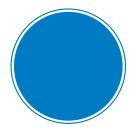
Blue circles generally give a mandatory instruction, such as "turn left", or indicate a route available only to particular classes of traffic, e.g. buses and cycles only.
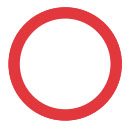
Red rings or circles tell you what you must not do, e.g. you must not exceed 30 mph, no vehicles over the height shown may proceed.
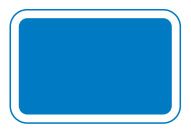
Blue rectangles are used for information signs except on motorways where blue is used for direction signs.
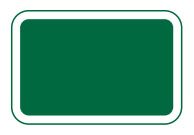
Green rectangles are used for direction signs on primary routes.

White rectangles are used for direction signs on non-primary routes, or for plates used in combination with warning and regulatory signs.
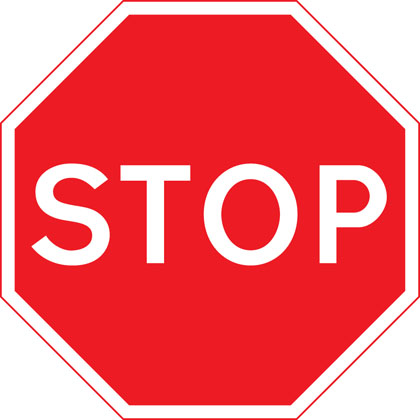
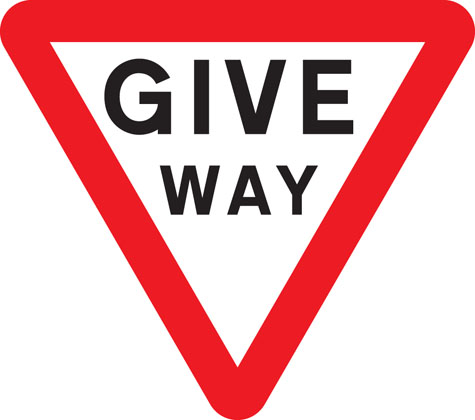
There are a few exceptions to the shape and colour rules, to give certain signs greater prominence. Examples are the "STOP" and "GIVE WAY" signs.
The words "must" or "must not", when used in the descriptions that follow, refer to legal requirements that have to be obeyed.
Wikipedia gets into some amazing detail on road signs if you want to delve further into this.